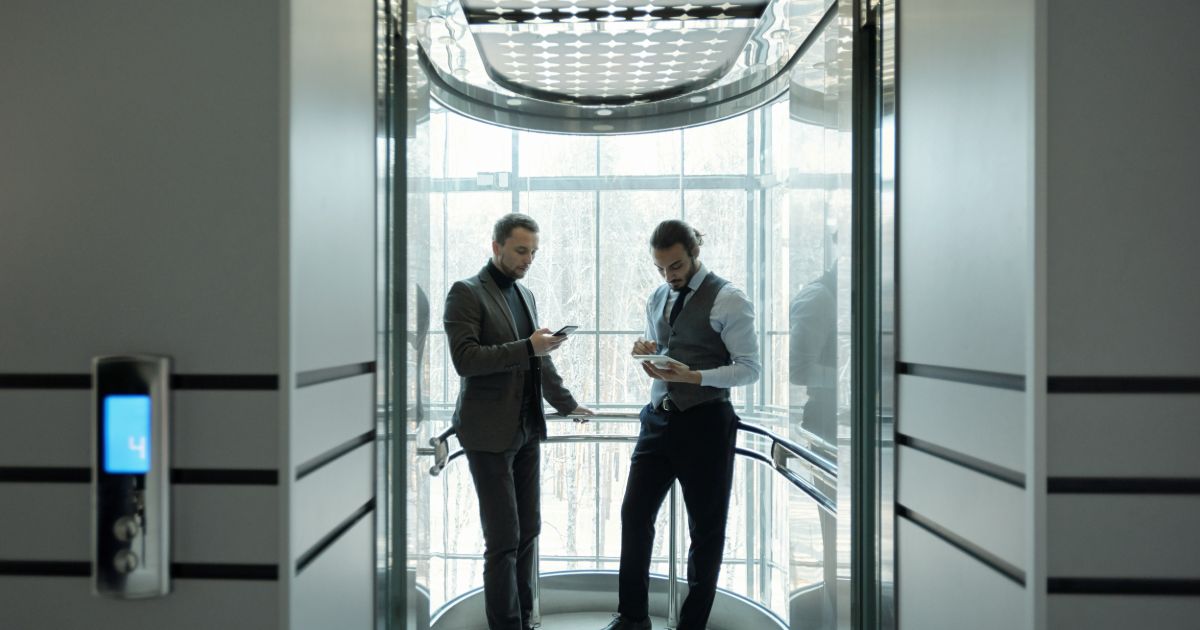Smart elevators improve building efficiency by reducing energy use and moving people faster. These modern systems use computer technology to control elevator operation, leading to less waiting time and lower power bills. Let’s consider why smart elevators are the top choice for new buildings and upgrades.
How Smart Elevators Save Energy
Smart elevators use several key technologies to reduce energy use:
Regenerative Drives
When elevators slow down or descend, they create energy instead of just using it. This works like:
- A heavy elevator going down converts motion into electricity
- This power goes back into the building’s electric system
- Up to 30% of elevator energy can be recovered this way
Sleep Mode
During quiet times, smart elevators power down:
- Lights turn off or dim when no one is using the elevator
- Fans slow down or stop completely
- Control systems enter low-power states
- The system wakes up quickly when needed
LED Lighting
Elevator cabins with LED lights use much less power:
- Use 80% less energy than older bulbs
- Last much longer, reducing maintenance
- Can be dimmed automatically when not in use
How Smart Elevators Move People Better
The biggest efficiency gain comes from smarter people movement:
Destination Dispatch Systems
Instead of just pressing up or down, riders select their floor before entering:
- The system assigns them to a specific elevator
- People going to similar floors ride together
- Fewer stops means faster trips
- Waiting times drop by up to 30%
For example, traditional elevators make many stops in a busy office building at 9 AM. Smart systems group people by floors, making everyone’s ride faster.
Traffic Analysis
Smart elevators learn building patterns:
- They track busy times like morning arrival and lunch hours
- They position cars where they’ll be needed next
- They adjust to special events or schedule changes
- They gather data to keep improving over time
Benefits Beyond Energy Savings
Smart elevators offer many advantages:
Lower Maintenance Costs
Smarter operation means less wear and tear:
- Smoother starts and stops extend equipment life
- Predictive maintenance catches problems early
- Remote monitoring reduces emergency service calls
- Parts last longer due to more balanced use
Space Efficiency
Some smart systems allow:
- Multiple cars in the same shaft
- Vehicles that can move sideways between shafts
- Smaller machine rooms or none at all
- More usable building space
Better User Experience
Riders notice the difference:
- Shorter wait times (typically 30-40% less)
- Less crowded cars
- Smoother rides
- More direct trips to their floor
Real-World Results
Buildings that upgrade to smart elevators see clear improvements:
Office Buildings
A typical 20-story office building can see:
- 25-40% energy savings for elevator operation
- Up to 50% reduction in waiting times during peak hours
- Improved tenant satisfaction scores
- $3,000-5,000 yearly savings on energy costs alone
Hotels
Hotels benefit from:
- Faster guest movement during check-in/check-out times
- Better handling of luggage carts and service staff
- Reduced congestion in lobby areas
- Improved guest experience ratings
Simple Upgrades for Existing Buildings
Not all buildings need complete elevator replacement:
- Control system upgrades can add some smart features
- Motor drives can be replaced with regenerative models
- Cabin lighting can be switched to LED with motion sensors
- Basic destination dispatch can be added to existing buttons
Many buildings start with partial upgrades before moving to full smart systems.
The Future of Smart Elevators
Smart elevator technology continues to advance:
- AI systems predict traffic patterns with greater accuracy
- Mobile apps let users call elevators before reaching them
- Integration with building security for seamless access
- Complete building traffic management beyond just elevators
Conclusion
Smart elevators improve efficiency in two critical ways: they save energy and they move people better. While traditional elevators go up and down when buttons are pressed, smart systems think ahead and work together. This leads to faster trips, less energy use, and happier building users.
For building owners and managers, upgrading makes both financial and practical sense. Combining energy savings, reduced maintenance, and improved tenant experience creates clear value. As buildings focus more on efficiency and user experience, smart elevators are becoming the standard rather than the exception.

